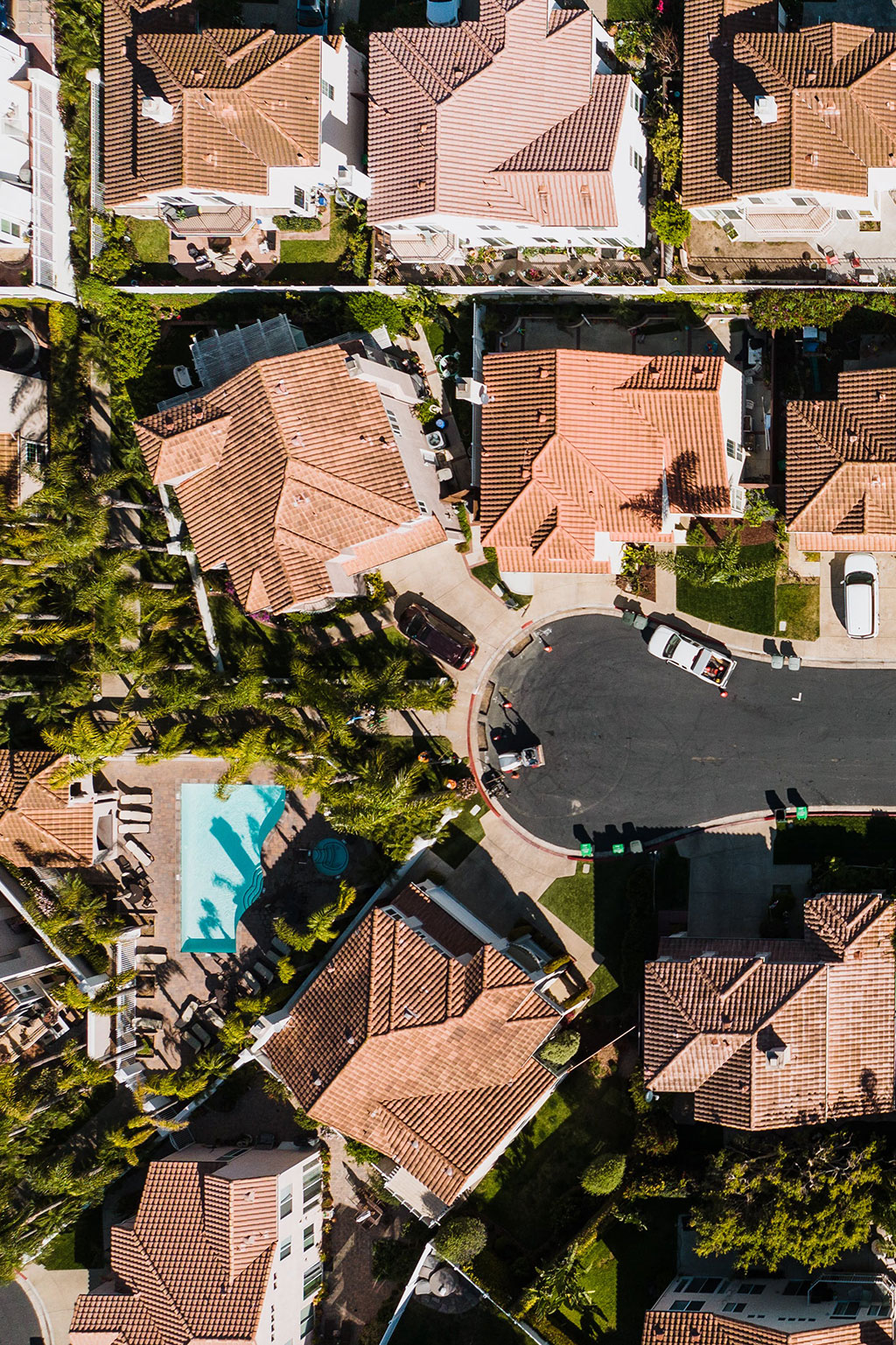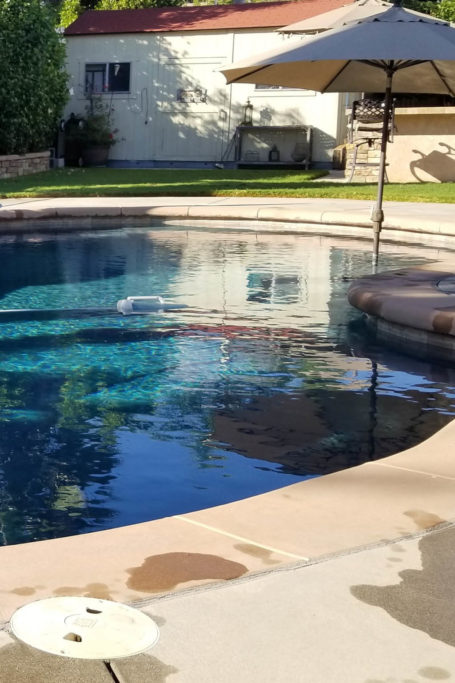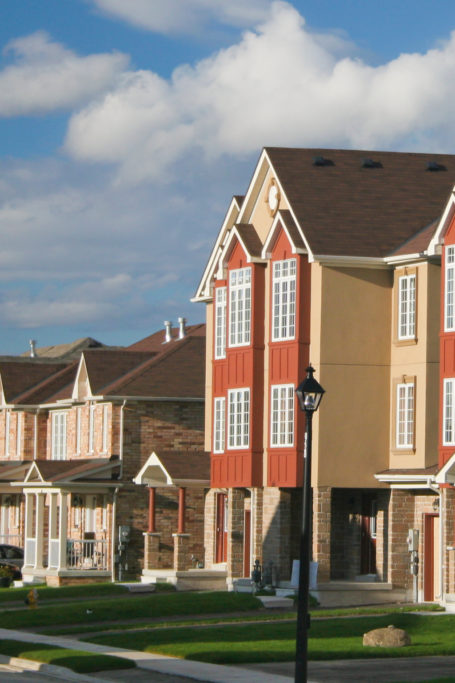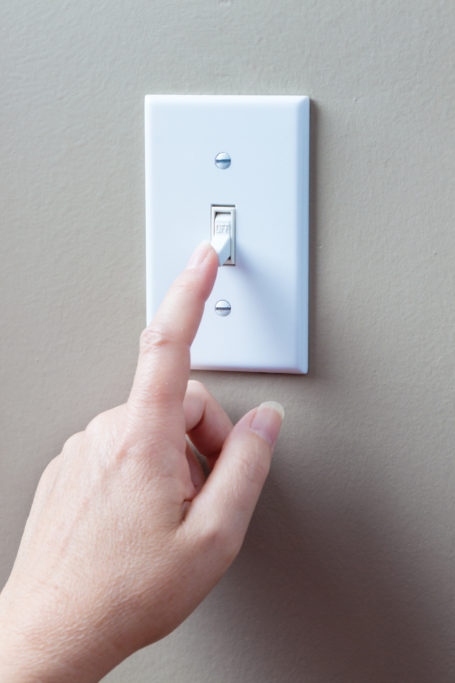Homeownership Strategies for the High-Interest-Rate Era
With today’s rising interest rates, purchasing a home in the current real estate landscape may not seem possible.
However, there are many ways to effectively counter these financial challenges, no matter how difficult the climate is. Use the following tips as a guideline to make your homeownership goals a reality.
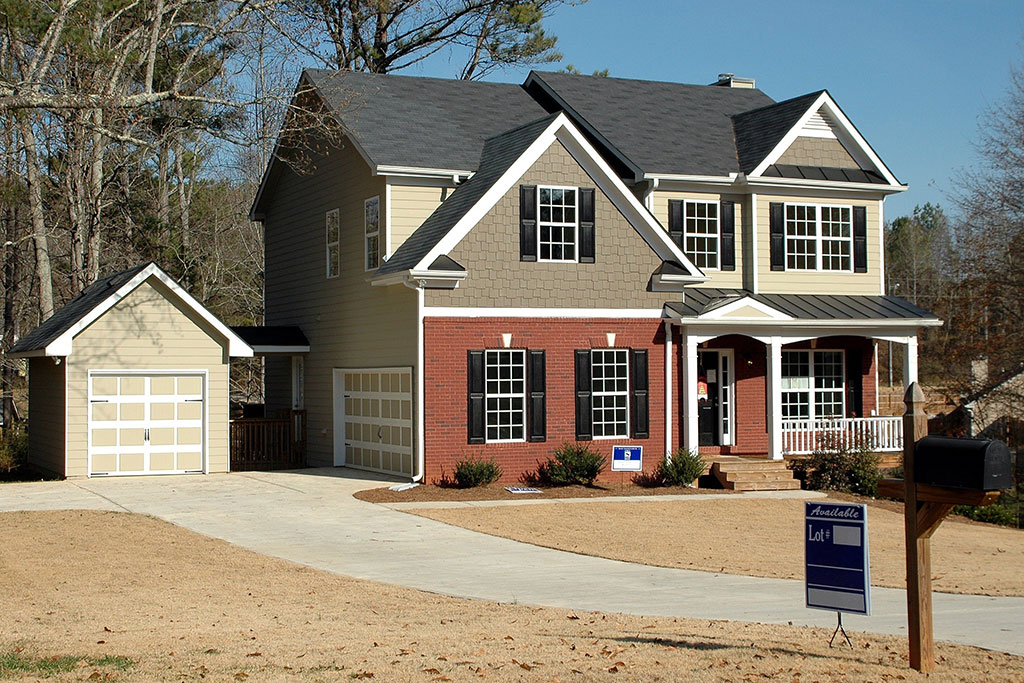
Buy mortgage points
Buying points is a form of prepaid interest that helps lower your interest rate and monthly mortgage payment. Each point costs 1 percent of your loan amount, and you can, in turn, choose how many you want to purchase—most lenders allow up to four. For example, say you borrow $350,000 and want to buy down your interest rate. For one point, you’ll pay a fee of $3,500; if you purchase two points, your cost will be $7,000. This fee becomes part of your closing costs.
Although this option may appear costly at first glance, it can actually lead you to save several thousand dollars over the life of the loan. However, this only makes financial sense if you plan to stay in your home since it may take at least five years to recoup the initial cost. You can generally expect a 0.25 percent reduction on your interest rate for each point purchased. Finally, this can vary by lender, so be sure to shop around to find the best discount rate.
Consider an adjustable-rate mortgage
Also commonly known as a variable-rate mortgage, an adjustable-rate mortgage (ARM) can be an attractive choice, particularly if you have no intention of residing in the home for an extended period or plan to refinance after a few years. ARMs typically provide an initial interest rate that’s often 1 to 2 percent lower than the one for a thirty-year fixed-rate conventional loan. This rate will then adjust when the introductory period concludes, usually within five to seven years.
Get a rate buydown
Unlike buying mortgage points, which lowers the interest rate for the life of the loan, this option entails paying the lender an up-front fee to reduce the rate during the first few years of the mortgage only. This can be especially advantageous if your current financial situation is not ideal but is expected to change, such as if you’re working to get an increase in income that can better support the higher interest rate after the introductory period.
Increase your down payment
Lenders often lower the interest rate when there’s a substantial down payment. Because a higher down payment will reduce your mortgage amount, in turn, your monthly payment will also be lower. And, if you’re getting a conventional loan, a down payment of 20 percent or more will allow you to avoid paying private mortgage insurance.
Obtain a government-backed loan
Conventional loans typically offer lower interest rates only to borrowers with a strong credit score, a favorable debt-to-income ratio, and a substantial down payment. On the other hand, government-backed loans, including those from the Federal Housing Administration (FHA), Department of Veterans Affairs (VA), and the US Department of Agriculture (USDA), provide greater flexibility in these criteria, potentially resulting in a lower interest rate regardless of your financial situation. These types of loans work well if you’re a first-time homebuyer and are finding it a challenge to meet the requirements of a conventional loan.
Seek a shorter-term loan
Another way to pay less interest is to get a shorter-term mortgage since they usually offer better rates. You can opt for a five-, ten-, or even twenty-year loan. Naturally, the monthly payments will be higher since the loan amount is paid off over a shorter time frame. Nevertheless, this approach can substantially lower the amount of interest you pay throughout the loan’s duration.
While searching for the perfect home in a high-interest-rate market may require more time, it’s crucial not to rush into a purchase to simply secure a property. Collaborate with your real estate agent and lender to devise a tailored plan that aligns with both your preferences and your budget.











